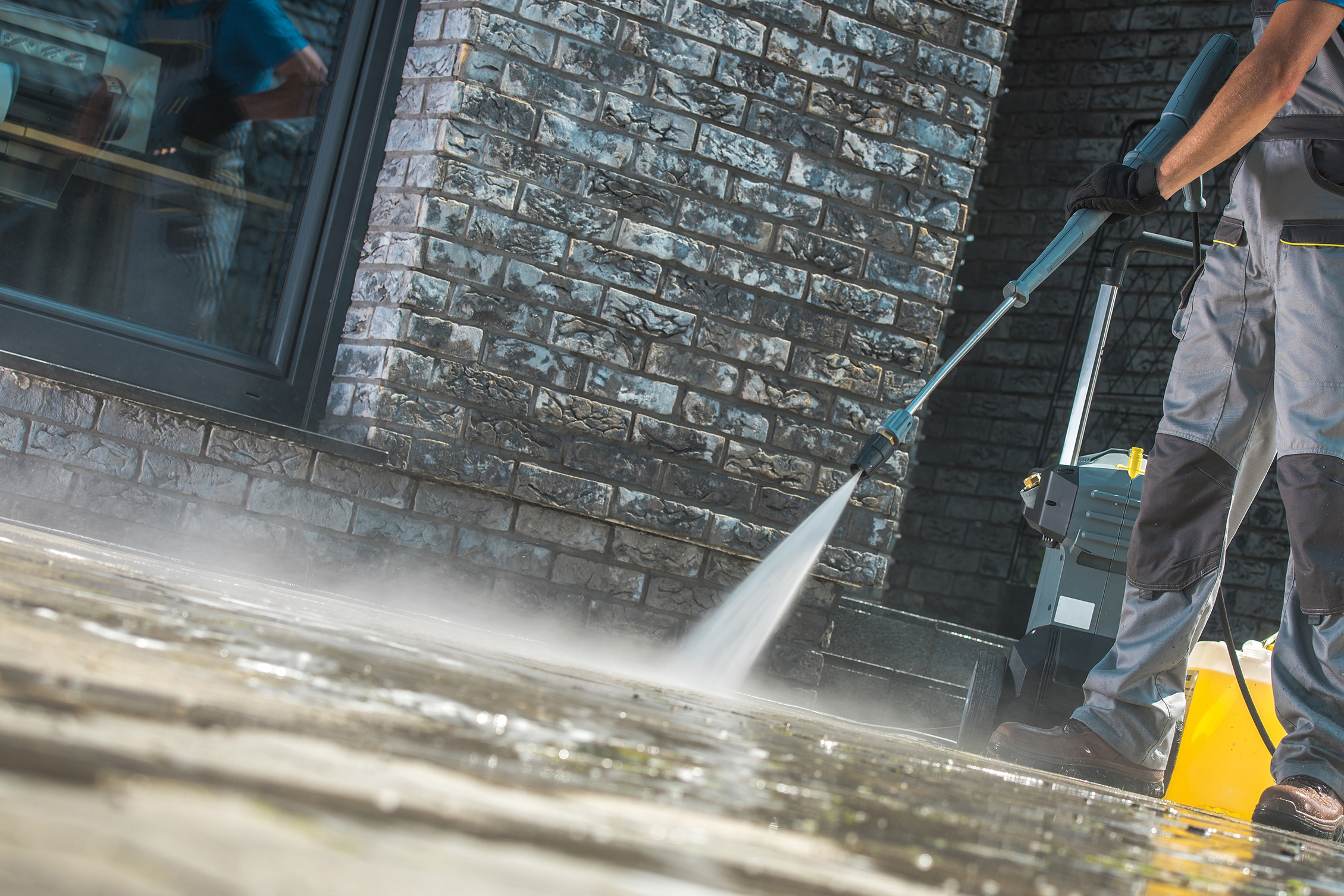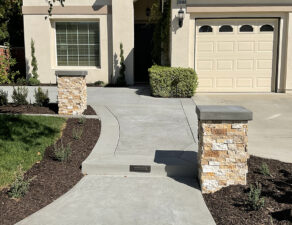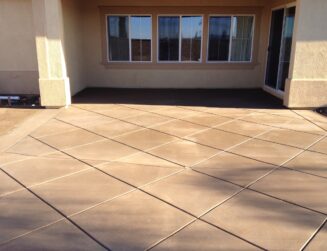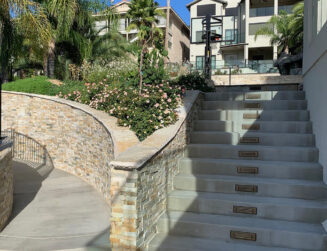
After pouring a concrete driveway, patio, or sidewalk, the work is done, right? The durable surface will last for decades, and you don’t need to do anything else? Well, not quite. Concrete hardscape does require some care and maintenance.
Once your concrete has been poured, the first thing to remember is that it must cure for about six months.
Unfortunately, there are some things that can impact your concrete that aren’t in your control. For example, you might notice a white stain that clings to the surface of your concrete, and it doesn’t respond to your efforts to wash and remove it.
This white substance is called efflorescence, and it’s composed of crystalline deposits of salts composed of calcium, potassium, or sodium. Water transports these compounds to the concrete, either from rain or upward moisture in the underlying soil, and then they collect on the surface. While the white patches won’t harm the concrete, you might find them unsightly and wish to remove them.
Sometimes, you can wash these deposits away with water if you address them as soon as they appear. This is only possible if the deposits have not had time to react with carbon dioxide in the atmosphere to become insoluble.
Otherwise, older stains must be scrubbed with an acidic solution. You can use a packaged efflorescence remover, or create one of the following solutions yourself:
● One part hydrochloric acid (muriatic) in 10 to 20 parts water (10 percent to 5 percent concentration);
● One part phosphoric acid in 10 parts water;
● One part phosphoric acid, plus one part acetic acid in 20 parts water
First, flood the concrete with water, and then apply your cleaning solution. Allow it to rest for about five minutes and then scrub with a stiff brush. Immediately flush the surface with more water to remove the acid.
It can require a bit of elbow grease, but in most cases these efflorescence stains can be removed. If you have questions about caring for your hardscape, call us for expert guidance. We can help you remedy any problems and learn how to prevent them in the future.








